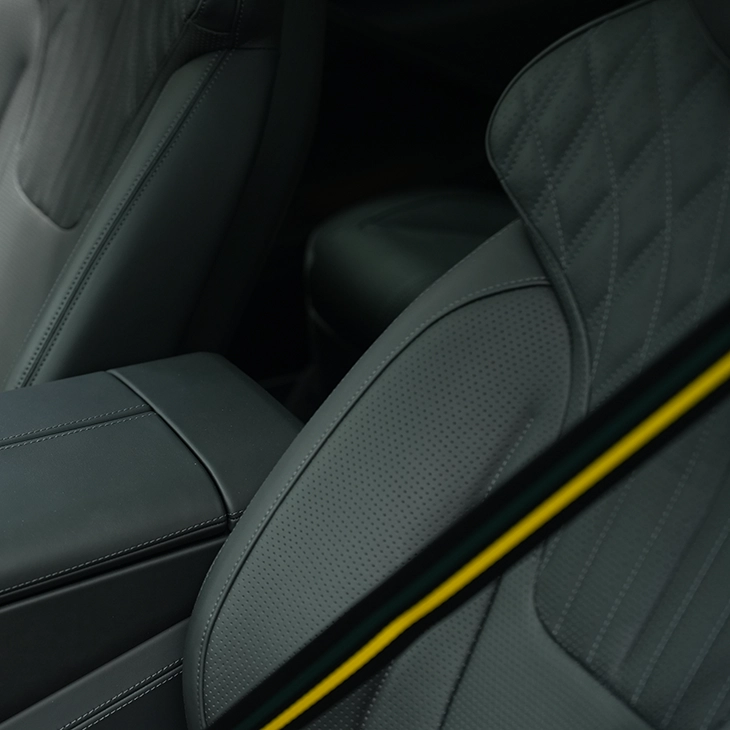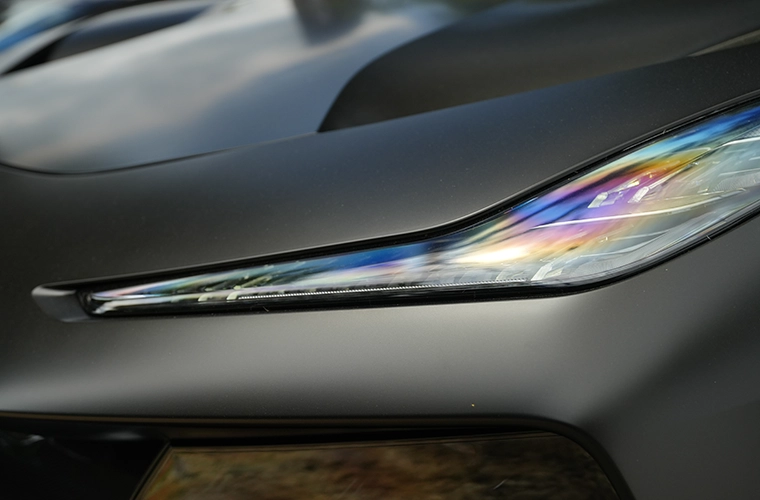I have had a long and successful relationship with Premier. My collection of cars have come from every source imaginable: overseas, auctions, and dealers across the country. In every instance, Premier has been a great partner and their leasing options are a perfect fit for my needs.
Lease a Lotus
Experience the thrilling driving dynamics and lightweight design of a Lotus with a lease that lets you enjoy high-performance without the lasting commitment of a traditional closed-ended lease. Whether it’s the Evora or the Elise, leasing allows you to stay on top of the latest models.
As an independent and unbiased advisor, Premier is not endorsed by or affiliated with any manufacturer. Our only commitment is to you.

Why lease a Lotus with Premier?
Performance Without Lasting Commitment
Enjoy the track-inspired performance of a Lotus with the freedom to upgrade every few years.
Access, Attainability, and Affordability
Leasing can keep your monthly payments lower than financing at the same terms, giving you the ability to drive cars that may otherwise be out of your budget.
Ideal for Easy Upgrading
Lease terms that are perfect for those who prefer switching cars based on their driving needs.

Should you lease or finance a Lotus?
Leasing a Lotus lets you enjoy the thrill of a legendary performance car with lower upfront costs and flexible terms. You’ll benefit from always driving a newer model which is perfect for enthusiasts who value innovation, agility, and peace of mind.
The Leasing Process
Leasing a Lotus is your first step into a world built for drivers who crave precision, agility, and track-inspired performance. Our streamlined process ensures you’re on the road quickly and confidently without any hassle.
Request a quote.
Quickly determine your lease eligibility with a quote which fast, easy, and credit-safe. Pick from agile models like the Emira or Evora that best match your performance goals and driving style.
Apply for a lease.
Premier offers individual and business leases with a quick, secure process that includes a credit check. Each lease is tailored to your financial goals and vehicle preference.
Review personalized terms.
We offer flexible lease structures that accommodate your unique financial preferences and driving plans.
Sign and start your journey.
Your Lotus is ready to drive anywhere within the continental US! Once your lease is finalized, you can connect with your seller to take the keys.

What Our Clients Say
Richard S.
Premier Customer Since 2000
Had a truly A class experience. Very smooth and responsive process. Kevin kept me updated all along the way and got my financing done very quickly!
A.S.
Premier Customer Since 2025
I have worked with Premier Financial Services for over ten years, covering dozens of transactions. Michelle Yancey has been my contact point and trusted friend in the process. She and her colleagues understand me because they are true “car people.” The great experience does not end with the car delivery – customer service is an obvious priority to Premier. It has been exceptional. It has truly been my privilege to work with such a great company and great people.
Doug S.
Premier Customer Since 2015
I have structured multiple exotic and classic car deals with Premier over the years ranging from contemporary Porches to vintage Ferraris. I always want the assurance and peace of mind that only Premier Financial Services can offer. I consider the very experienced team at Premier to be my partner in turning my car dreams into reality.
Bob C.
Premier Customer Since 2000
It’s hard to believe that I leased my first car over 10 years ago with Premier Financial. Since leasing that first car, I have leased 11 more with Premier. I am extremely selective with whom I do business and Premier has demonstrated time and time again that they do not only want, but deserve my business. They are so great to work with and so service-oriented that they literally make it impossible to go elsewhere for my leasing needs. They have won me over for life.
W. Lloyd
Premier Customer Since 2015
I recently worked with Kevin at Premier Financial Services to lease my 2016 Ferrari 488TB, and I couldn’t be more impressed. The approval process was fast, simple, and completely hassle-free. Kevin and his team made everything easy from start to finish – no red tape, no delays, just straight-up professionalism and efficiency. I highly recommend Premier to anyone looking for a seamless and trustworthy leasing experience for their high-end vehicle.
Randy M.
Premier Customer Since 2025
FAQs for Leasing a Lotus
Premier Financial Services is not a licensed dealer and is not otherwise sponsored or endorsed by, or affiliated with Lotus Group.
Can I lease a Lotus if it’s a special edition?
We offer leasing on any Lotus model that meets our financing guidelines which makes it easier for you to experience the thrill of driving this exceptional brand.
What’s the mileage limit for leasing a Lotus?
There’s no specific mileage limit for Lotus leases since our focus is on the vehicle’s value at lease-end and giving you more freedom on the road.
Are there special terms for leasing the Elise or Evora?
No, the lease terms are consistent across all the vehicles we offer which providing a straightforward and flexible experience no matter which car you choose.
Request a quote today without any impact to credit.
Whether you’re just exploring your options or ready to lease today, requesting a quote is a no-risk first step.
